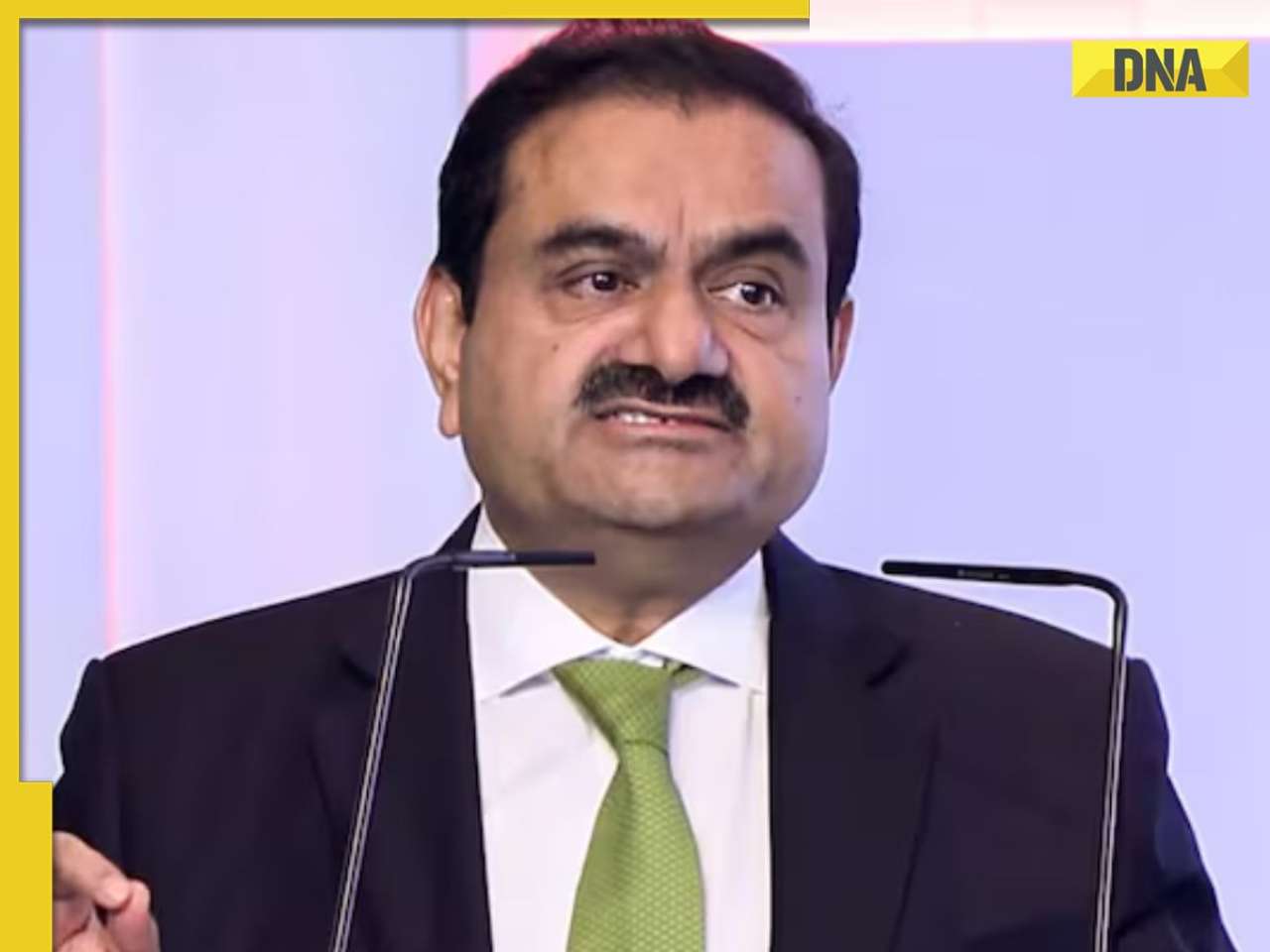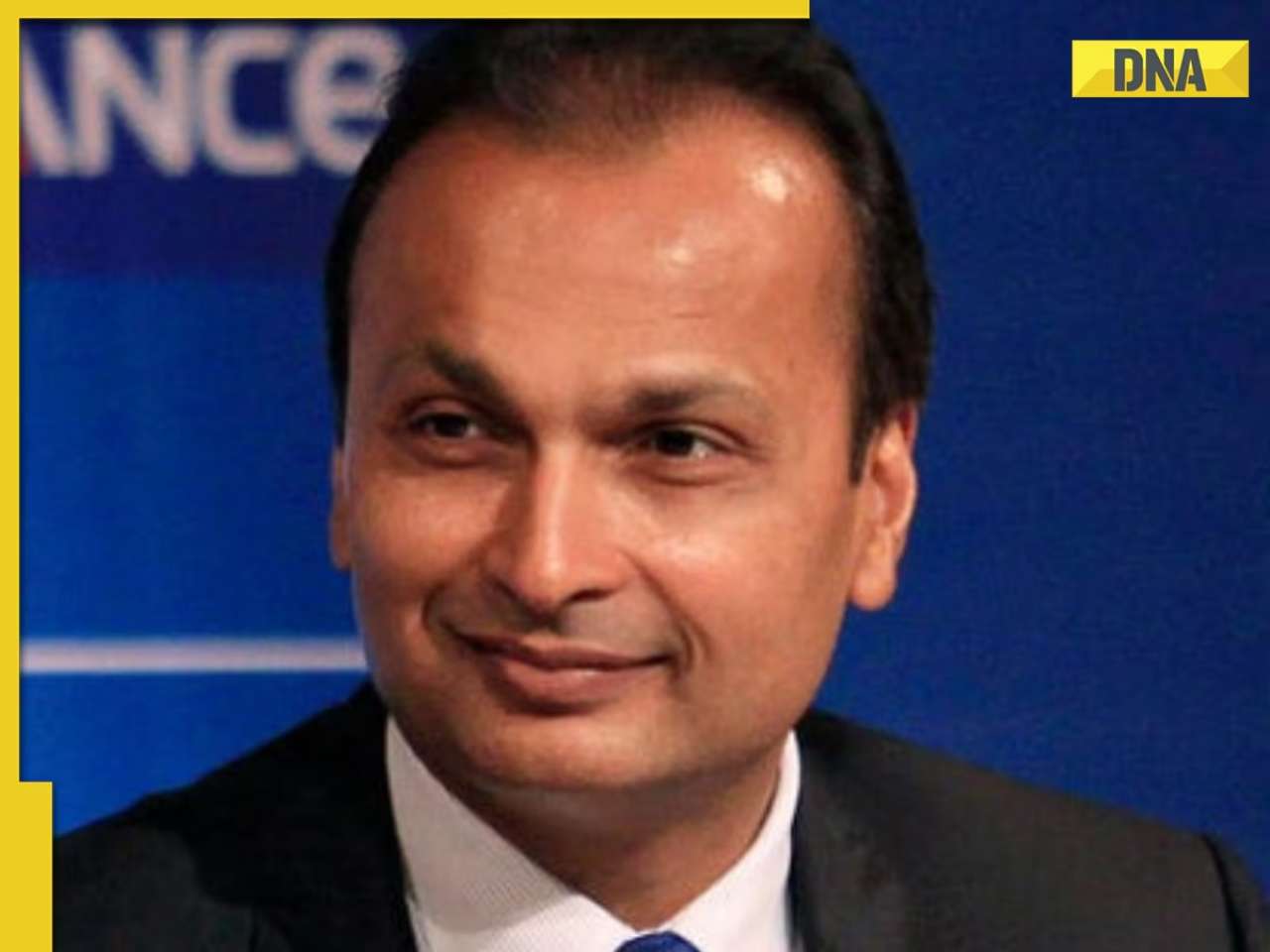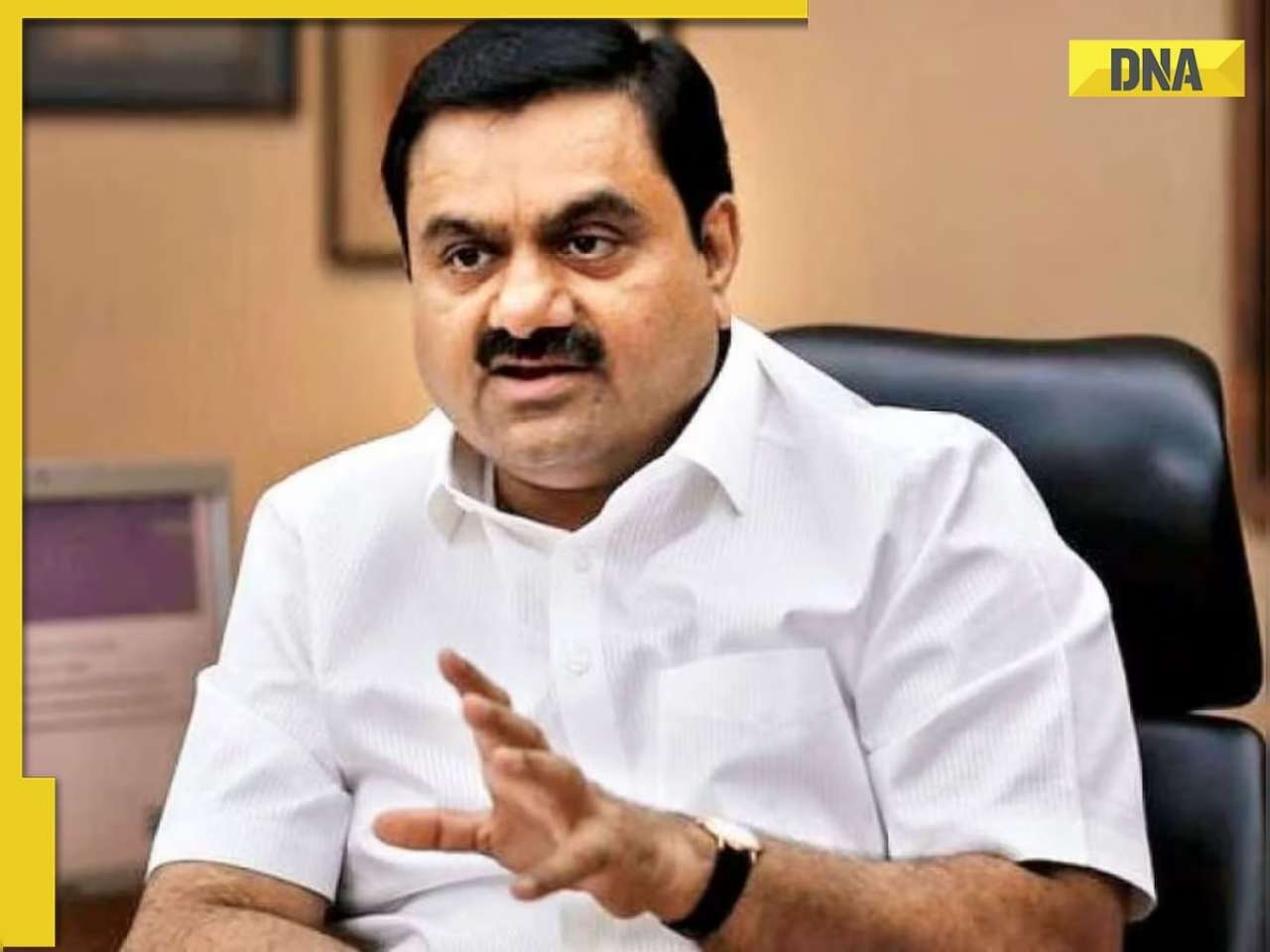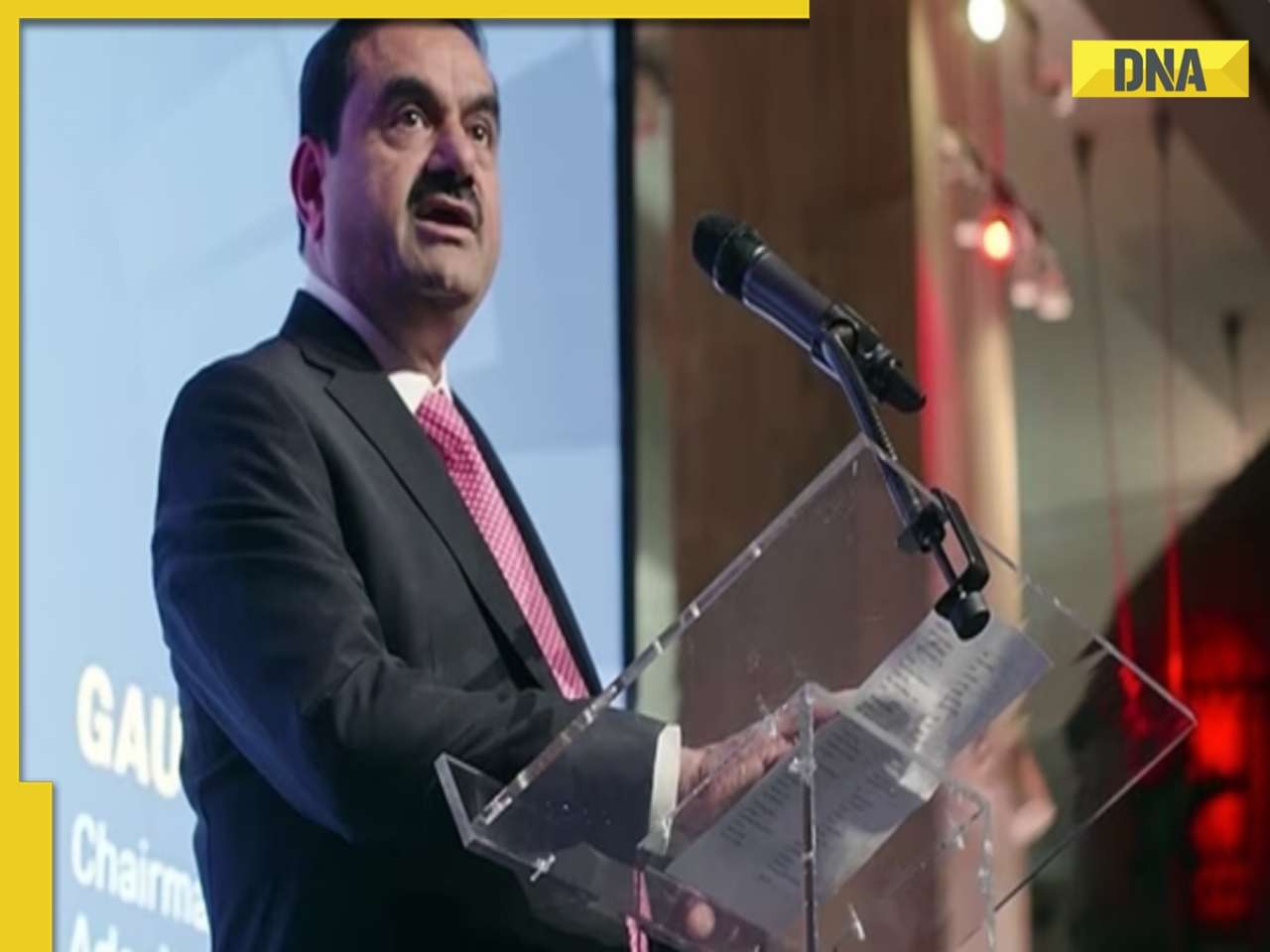- LATEST
- WEBSTORY
- TRENDING
INDIA
Transforming Data into Insights: The Journey of Devidas Kanchetti
In this exclusive interview, we delve into the milestones, challenges, and innovations that define his illustrious career.
TRENDING NOW
In the ever-evolving world of data and analytics, few professionals stand out as remarkably as Devidas Kanchetti. With over 14 years of experience spanning multiple domains and expertise in data architecture, AI, data science, and cloud computing, Kanchetti's contributions have been nothing short of transformative. In this exclusive interview, we delve into the milestones, challenges, and innovations that define his illustrious career.
Q1: Can you tell us about a project where your expertise in data migration and ETL tools made a significant impact?
A: One of the most impactful projects I worked on was with Zenith Insurance Company, where we were tasked with integrating various data sources into a cohesive data warehouse. The project required extensive use of ETL tools like PySpark and SAP Data Services (BODS). My team and I developed a comprehensive ETL plan that included data profiling, quality checks, and performance tuning. The result was a streamlined data migration process that significantly reduced errors and improved data accessibility for analytics. This project not only enhanced our data integration capabilities but also set a new standard for future data migration projects within the company.
Q2: How did you approach the challenge of producing EDI R3 and EDI R3.1 XML files for state reporting in Workers Compensation Insurance?
A: Producing EDI R3 and R3.1 XML files for state reporting was indeed a challenging task. It required a deep understanding of regulatory requirements and the ability to translate these into accurate data formats. I led a team to develop a robust ETL pipeline using ADF and Databricks, ensuring that the data was correctly formatted and validated before submission. We also implemented automated testing to verify the integrity of the XML files. This approach not only ensured compliance with state regulations but also streamlined the reporting process, making it more efficient and reliable.
Q3: Could you elaborate on your experience with SAP HANA data loading and modeling?
A: My experience with SAP HANA has been extensive, particularly in data loading and modeling. At McKesson, we integrated SAP HANA with various data sources using SAP BODS. I was involved in creating HANA models, including Attribute Views, Analytic Views, and Calculation Views. These models were crucial for real-time analytics and reporting. We also used LSMW and I_Doc for data migration from legacy systems to SAP ECC environments. This project highlighted the power of SAP HANA in handling large datasets and providing rapid insights, which were critical for our business operations.
Q4: How have you leveraged cloud computing in your data analytics projects?
A: Cloud computing has been a game-changer in the field of data analytics. At Zenith Insurance Company, we utilized Microsoft Azure extensively, including ADF and Databricks. These tools allowed us to build scalable data pipelines and perform complex data transformations efficiently. By leveraging the cloud, we were able to reduce infrastructure costs and increase the agility of our analytics processes. The ability to quickly scale resources up or down based on project needs has been particularly beneficial in handling large data volumes and peak processing times.
Q5: What innovations did you bring to the ETL processes at Larsen & Toubro InfoTech?
A: At Larsen & Toubro InfoTech, I introduced several innovations to our ETL processes. One of the key improvements was the implementation of a modular ETL framework using SAP Data Services (BODS). This framework allowed us to standardize our ETL processes across different projects, improving efficiency and maintainability. We also focused on performance tuning and implemented pushdown optimization to handle large datasets more effectively. Additionally, we developed automated testing scripts to streamline the testing phase and ensure data quality.
Q6: Can you discuss a time when you had to troubleshoot and resolve a major data integration issue?
A: A significant data integration issue I encountered was during a project at Chevron Oil. We faced challenges in integrating data from legacy systems with SAP ERP systems. The data inconsistencies and performance bottlenecks were affecting our analytics capabilities. I led a team to conduct a thorough analysis of the existing ETL processes and identified key areas for optimization. We re-engineered the data pipelines, implemented performance tuning techniques, and introduced real-time data validation checks. This not only resolved the integration issues but also improved data processing speed and accuracy, enabling more timely and reliable business insights.
Q7: How have you contributed to the field of data analytics through your work in various domains like insurance, oil and gas, and energy?
A: Working across different domains such as insurance, oil and gas, and energy has given me a unique perspective on data analytics. Each domain has its specific challenges and requirements. In the insurance sector, my work on state reporting and regulatory compliance has ensured data accuracy and compliance with industry standards. In the oil and gas sector, I contributed to developing a robust data foundation for Chevron Oil, which supported their manufacturing KPIs and BI reporting. My experience in the energy sector with E.ON Trading involved integrating data from diverse sources to support trading decisions and risk management. Across all these domains, my focus has been on developing scalable and efficient data solutions that drive business value.
Q8: What role has AI played in your data analytics projects, and can you provide an example?
A: AI has played a crucial role in enhancing our data analytics capabilities. One notable example is a project at Zenith Insurance Company where we used machine learning algorithms to predict claim outcomes. By analyzing historical data and identifying patterns, we developed predictive models that helped in risk assessment and decision-making. This AI-driven approach not only improved the accuracy of our predictions but also enabled us to proactively manage claims and reduce costs. The integration of AI into our analytics processes has provided deeper insights and more informed business strategies.
Q9: How have you ensured data quality and consistency in your projects?
A: Ensuring data quality and consistency is fundamental to the success of any data analytics project. Throughout my career, I have implemented various strategies to achieve this. For instance, during my tenure at McKesson, we used SAP BODS for data profiling and quality checks. We established data governance frameworks that included data validation rules, automated error detection, and correction mechanisms. Regular audits and monitoring were conducted to identify and resolve data issues promptly. Additionally, we emphasized the importance of documentation and training to ensure that all team members adhered to data quality standards. These measures collectively ensured that our data remained accurate, consistent, and reliable.
Q10: What advice would you give to aspiring data architects and analytics professionals?
A: My advice to aspiring data architects and analytics professionals is to stay curious and continuously update your skills. The field of data analytics is rapidly evolving, with new tools and technologies emerging regularly. It's crucial to keep learning and experimenting with these advancements. Additionally, focus on understanding the business context and how data can drive value. Strong communication skills are also essential, as you need to convey complex technical concepts to non-technical stakeholders. Finally, always prioritize data quality and integrity, as these are the cornerstones of reliable analytics.
Through his extensive career, Devidas Kanchetti has demonstrated how strategic data integration and advanced analytics can revolutionize business operations. His work spans multiple domains, showcasing a versatility and depth of knowledge that few possess. From enhancing data quality to implementing AI-driven solutions, Kanchetti has consistently driven innovation and excellence. As the data landscape continues to evolve, his insights and achievements provide invaluable lessons for professionals aiming to harness the full potential of data in driving organizational growth and efficiency.
The DNA app is now available for download on the Google Play Store. Please download the app and share your feedback with us.
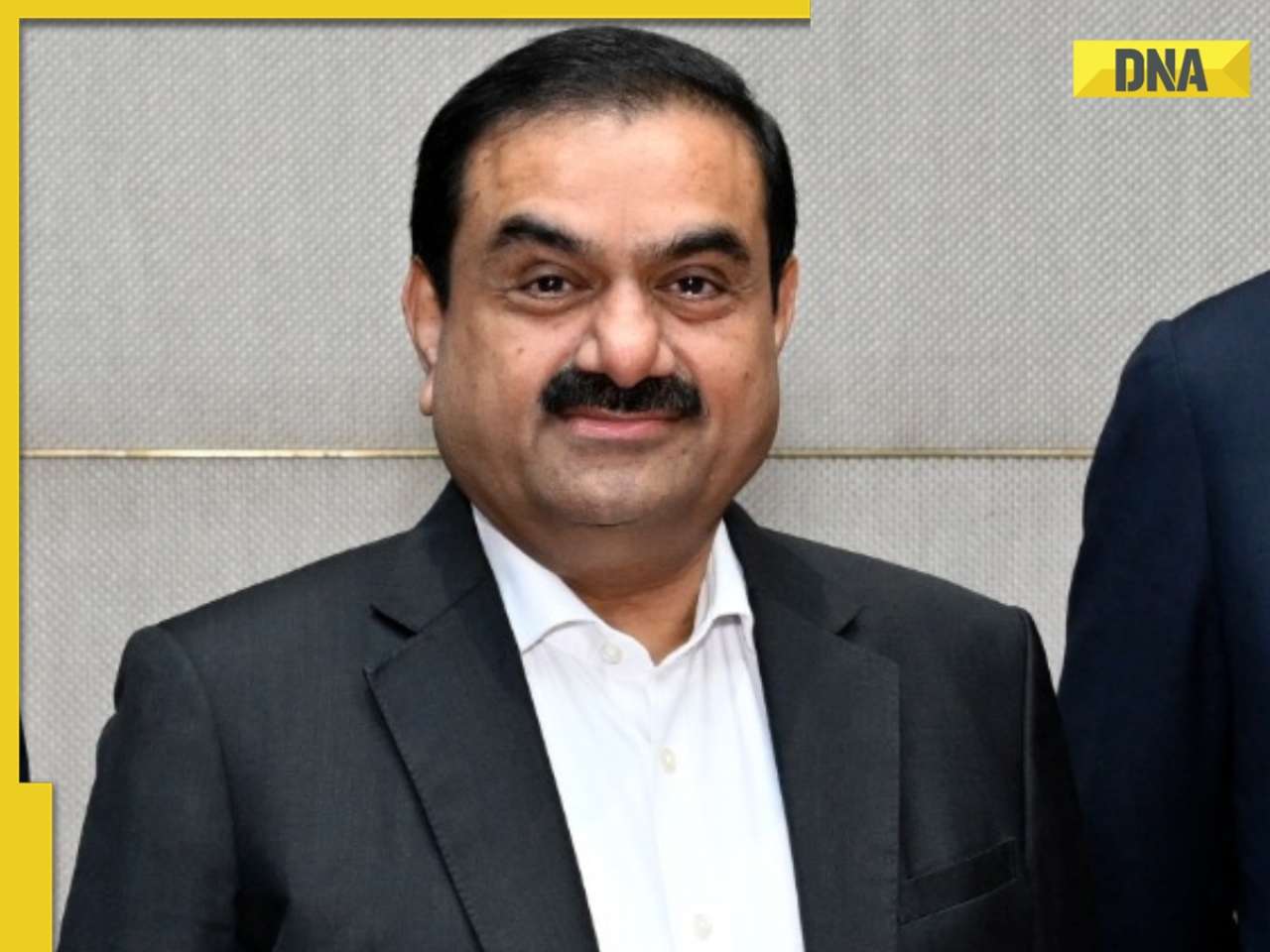






)













































